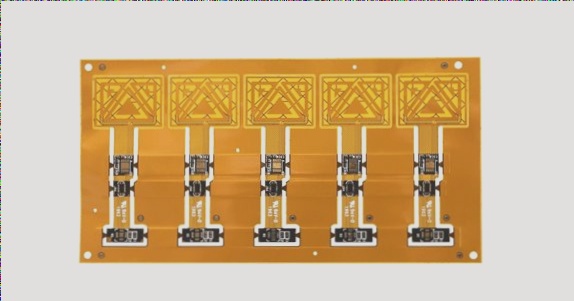Repairing Circuit Boards Without Schematics
1. Understanding Circuit Principles
Deeply grasp typical circuit principles and components to repair circuit boards without schematics. Focus on analyzing circuit oscillation, capacitor integrity, and component conditions.
2. Maintenance Sequence
Follow a structured maintenance sequence to efficiently resolve issues. Approach maintenance like a doctor’s treatment by observing, listening, and inquiring.
3. Summarizing Failure Patterns
Analyze and summarize component failure causes to gain insights for future repairs. Identify reasons such as improper operation, maintenance, design flaws, component quality, or aging.
4. Proficiency in Information Retrieval
Utilize online resources to access information on equipment principles and circuit theories for repair guidance.
5. Essential PCB Testing Equipment
Invest in reliable tools like electric soldering irons, multimeters, and oscilloscopes for effective maintenance. Consider acquiring a dual-trace oscilloscope and maintenance tester.
6. Industrial PCB Capacitor Failures
Learn about capacitor failure symptoms like reduced capacitance, leakage, or short circuits. Understand how capacitor faults impact circuit functionality, particularly in power supply filtering and signal coupling.
7. Resistor Damage Characteristics
Identify common resistor failures, such as open circuits, in electrical equipment. Learn about different resistor types and their failure rates based on resistance levels. Focus on resistance checks to quickly detect damaged resistors.
8. Operational Amplifier Functionality
Understand the role and functionality of operational amplifiers in circuit boards for effective troubleshooting and repair.

Analyzing Operational Amplifier Characteristics
An operational amplifier, or op-amp, is a crucial component in linear applications within circuit design. It exhibits “virtual short” and “virtual break” characteristics, essential for proper functionality. When used in a closed loop with negative feedback, the op-amp behaves as an amplifier. However, without negative feedback, it functions as a comparator, comparing two input voltages.
Testing SMT Components with Multimeter
Testing and repairing small surface-mount technology (SMT) components can be challenging due to limited access with standard multimeter leads. To simplify this process, a simple trick involves using alternative testing methods to ensure accurate readings without the risk of short circuits.
Repairing Power Supply Short-Circuit Faults
Short circuits in circuit board power supplies can be complex, especially when multiple devices share the same power source. A technique known as the “ground hoe” method can help locate short-circuit points on less populated boards. However, densely populated boards require a more effective approach for quicker fault identification and resolution.
Solving Contact Issues with a Simple Eraser
Industrial control boards often face contact issues due to environmental factors like dust and humidity. Instead of costly replacements, a simple yet effective solution involves using an eraser to clean the golden fingers connecting to slots. This can help restore proper contact and functionality without significant expenses.
Identifying Electrical Faults in Various Conditions
- Poor contact issues can arise from broken cables, improper soldering, or issues between the board and slot.
- Signal interference may occur under specific conditions due to external interference affecting the control system.
- Components like electrolytic capacitors are sensitive to poor thermal stability, impacting overall performance.
- Moisture and dust on circuit boards can create conductive paths, affecting resistance and causing malfunctions.
- Software parameters set too low can trigger alarms when critical thresholds are met during operation.
Efficient Component Information Retrieval
In the realm of industrial PCB maintenance, quick access to component information is vital for efficient repairs. With the increasing diversity of electronic products, finding information on unfamiliar components can be challenging. Implementing efficient search methods can significantly improve maintenance efficiency and reduce downtime in industrial electronic repair processes.



